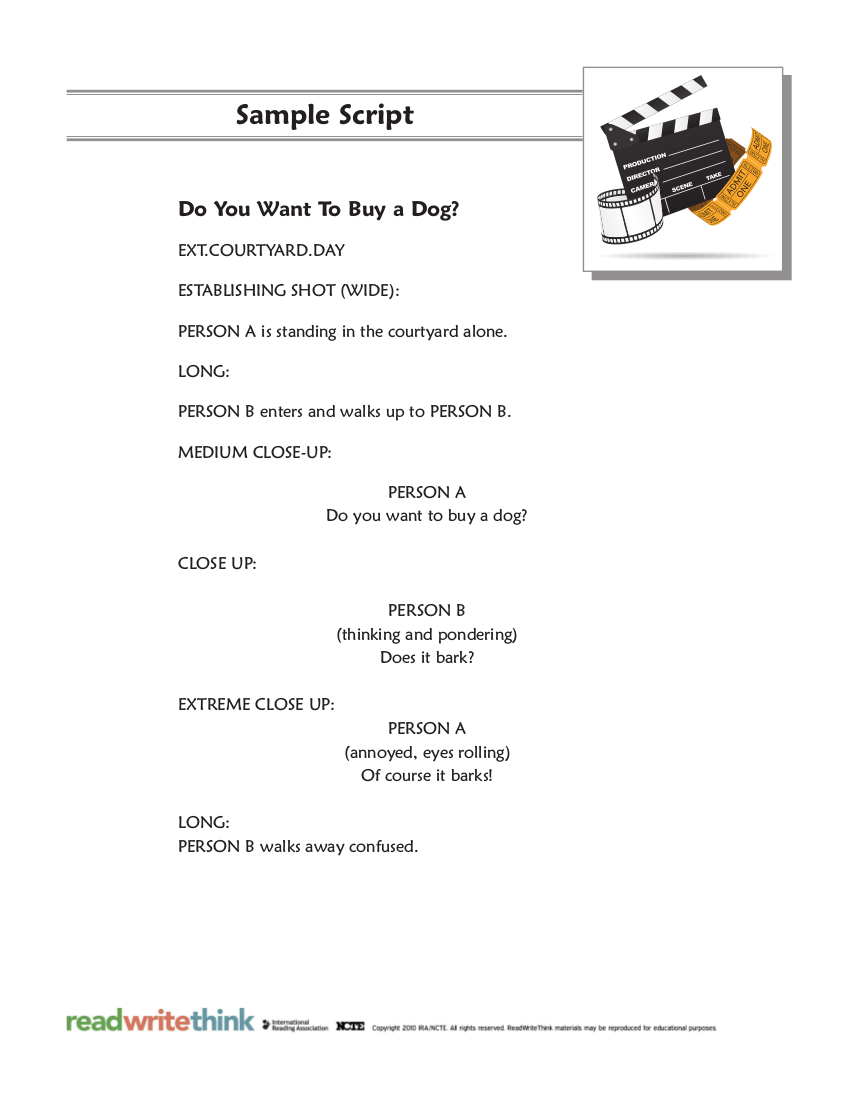

The discussion is supplemented with the results culled from the corpus of rap lyrics compiled at the Faculty of English at Adam Mickiewicz University in Poznań. In the analytical section of the paper the use of shit in the aforesaid corpus is scrutinized from the semantic angle. Lastly, it presents the reader with the past and present-day status of the lexeme at issue. The first one presents theoretical and pragmatic considerations connected with stand-up routines, touches upon slang semantics, and depicts the links between Dave Chappelle's stage persona and the hip hop community. It consists of two parts: theoretical and analytical. The paper explores the use of the lexeme shit in the corpus of Dave Chappelle's stand-up specials released between 20. The secondary data is acquired from previous research works and books on the topic. The primary data is collected through a survey questionnaire. The analysis of both primary and secondary data validates the hypotheses proposed in the paper. The research paper makes use of both quantitative and qualitative data collection methods to gather and analyze data to test the hypotheses.

Thus the aim of this research paper is to study, analyze, and understand the prevalence of English swear words among the urban younger population of Dhaka. The two major hypotheses that sprang from my research areas are: globalization of communication technology and influx of western media influences the Bangladeshi youngsters (18-25 years) to use more English swearwords than the vernacular ones and Bangladeshi youngsters are more open to adopting the English swears in their daily speech than their elders. This paper investigates the research areas: definitions of English swear words, its history cultural and sociolinguistic context psychological function in people evolution, growth, and attitudinal change towards slang language in a technologically advanced globalized world. Mostly slang words are considered to be taboo and are not to be used in the public sphere. The use of slang varies from region to region. Using slang terms is regarded as a response to a kind of need and is of an informal style. Slang includes not just words but words used in a particular social context. Slang words and phrases are unconventional linguistic expressions. The taboo/profanity concepts of Malayalis generally liaisoned with a set of items such as private body parts, A taxonomic approach to the various genres of these items shows how the Malayali folks cognize the concepts of taboo and profanity. The method involves identifying restricted taboo terms and open talk of profanities and then postulating the potential implications of these usages. Since the area of New-Gen movies is deemed insufficiently researched, an explanatory research method is employed in this study. A set of New-Gen movies produced during 2011-15 have been used as the main source of the data.

This helps understanding how indexical connections between language and society were exploited, negotiated and, at times, reinterpreted in the films. This study aims to identify how the Malayalam lexical items that were perceived to be taboo and profane gained increased visibility in public platforms through the New-Gen movies. The emergence of the wave of new generation (New-Gen) movies brought forth various linguistic practices and cultural patterns. Language, then, is just one of the many tools available to the filmmaker, and as such, it was for a long time backgrounded by film scholars (Christie, 2013). The film is a multimodal medium, in which meanings are constructed through the interplay between visual and verbal components, enhanced by music, special digital effects, etc. Mollywood, the film industry that exists in the speech community, is popular in terms of its cultural contributions and scope of entertainment. Malayalam (ISO 639-3 mal) is a Dravidian language predominantly spoken in the south Indian state of Kerala.


 0 kommentar(er)
0 kommentar(er)
